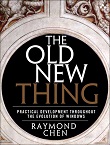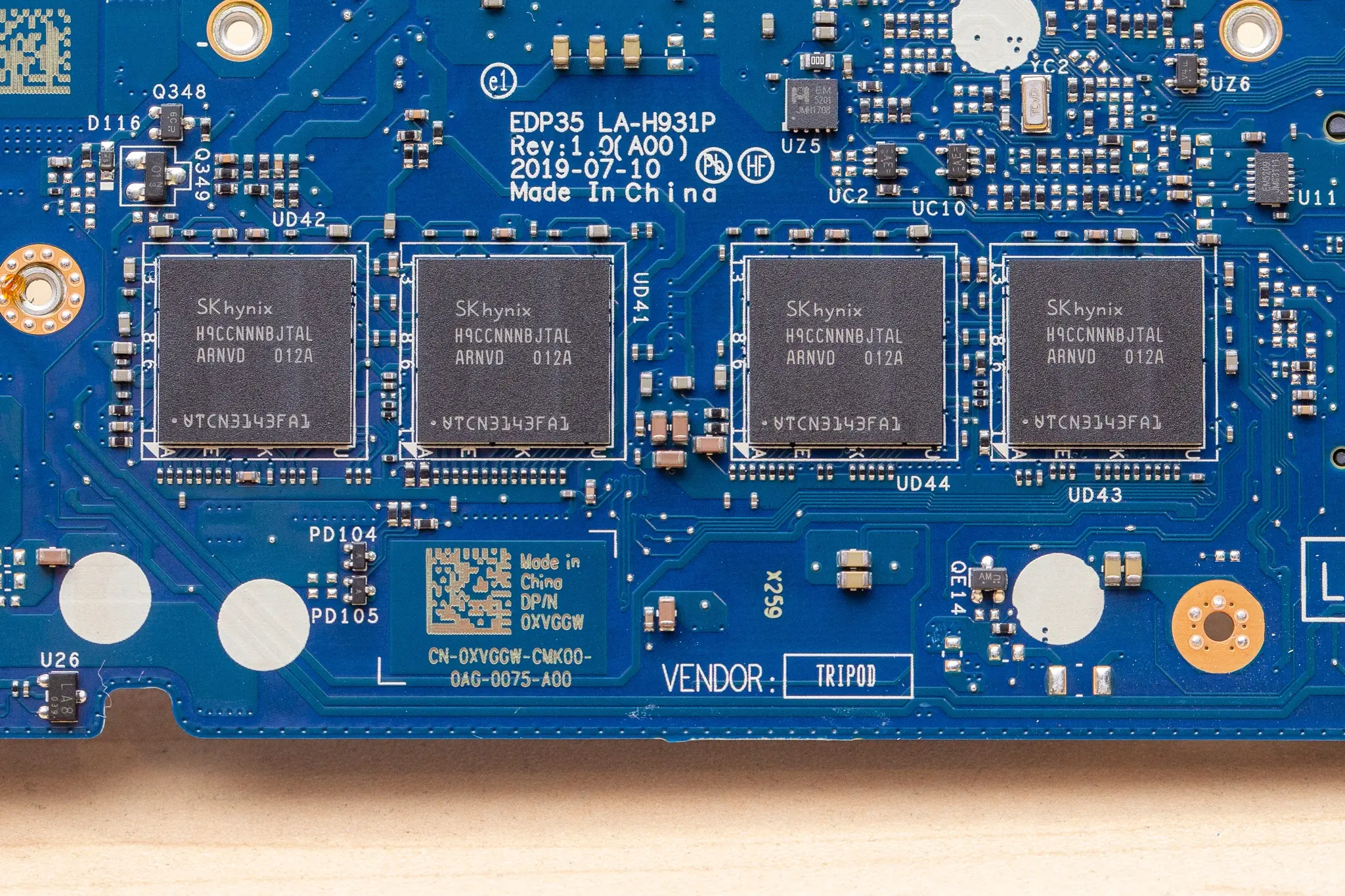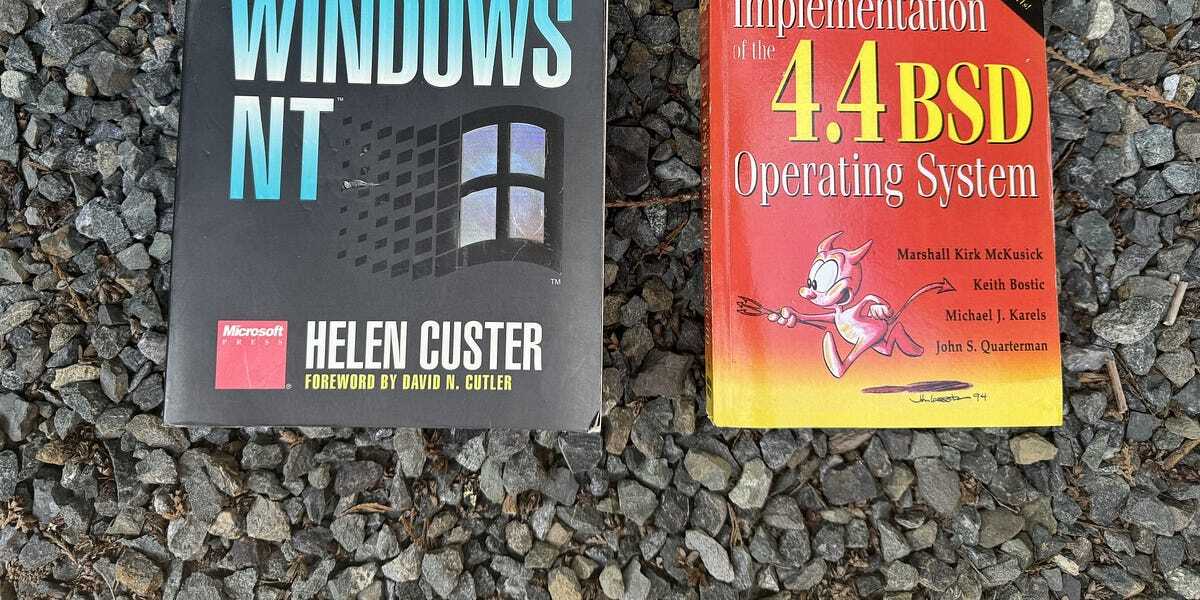- 10 Posts
- 247 Comments

 1·5 days ago
1·5 days agoWhat are some key differences?

 31·6 days ago
31·6 days agoSounds relatively similar to Yggdrasil

 373·10 days ago
373·10 days agoIn the past, the winner would write history. Now it’s Wikipedia editors.

 3·11 days ago
3·11 days agoLooks like it’s intended to be used interactively from your desktop.
Maybe also check out Ente. They went open source relatively recently, but have been developing it for a while with their SaaS platform.
They have a free tier (5GB) if you wanted to test it very quickly.
QuickSync is usually plenty to transcode. You will get more performance with a dedicated GPU, but the power consumption will increase massively.
Nvidia also has a limit how many streams can be transcoded at the same time. There are driver hacks to circumvent that.

 3·18 days ago
3·18 days agoThe whole issue here is that Llama is explicitly not open source, as it is licensed with usage restrictions.
This makes all this just a license dispute and China has no incentive to care.

 81·20 days ago
81·20 days agoI never knew Maga actual means something. Always thought it was some stupid they decided to use.

 9·20 days ago
9·20 days agoNo IMAP/SMTP support with ProtonMail. You have to run their bridge application locally to get that functionality.
IMAP/SMTP does make their encryption at rest impossible, AFAIK similar providers like tuta don’t have those either.

 42·21 days ago
42·21 days agoI know Phoronix comments, but what’s up with the Linux Mint hate?

 3·22 days ago
3·22 days agoAs the sibling comment says, not a static site generator. If you want to customize pretty much anything about the layout or theming you still need to use Twig, CSS and if you’re unlucky JS.

 3·29 days ago
3·29 days agoI used to do that with my previous install (all ext4 though) and eventually ran out of space on my root. Now I use BTRFS with subvolumes. They appear as separate mountpoints and allow separate snapshotting, but all live on the same actual partition and share space.
Only other partition I have left is /boot. (I encrypt my root and GRUB was the only bootloader which supports encrypted BTRFS with an /efi mountpoint instead of /boot last I checked. I don’t want to use GRUB and it also doubles your boot time having /efi only instead of /boot on a separate partition.

 3·1 month ago
3·1 month agoI mean the 4K77 Project stuff. They have everything on their own forum and only offer Resilio downloads.

 6·1 month ago
6·1 month agoI only used it to download certain Star Wars versions, because these nice gentlemen couldn’t be bothered to use real torrents.
No idea how you would use that as a Syncthing replacement though.
I was concerned when I saw Lunduke report on finding out Drew (very likely) hosts the Stallman report. (All while alluding to previous ““attacks”” on Hyprland and NixOS)
Of course DistroTube has to make an even worse video about it.
It’s definitely more enterprise focused, but it’s using Linux, so there’s no reason why any old hardware couldn’t work.
The enterprise focus might make it easier for those coming from VMware in any case.
If you want something more appliance-like, XCP-ng is a very good option. The GUI of Xen Orchestra is also closer to vCenter in my opinion and should be easier to navigate than Proxmox.

 3·1 month ago
3·1 month agoIt feels like most people here are only reacting to the title. If you actually look at the article, it talks about commonly mentioned advantages and examples of Linux.
It’s really not that interesting to me as an article, but from scrolling through some others there might be more interesting stuff here. Or am I missing something?

 7·1 month ago
7·1 month agoI use migadu.com now, previously also used mailbox.org and protonmail.
The great part with migadu is how much control you have. Want to add multiple domains or have multiple users? No problem. (Though they reserve the right to ask what you’re doing if it’s excessive).
Limits are based on mails sent, mails received and storage space.
I was on their cheapest plan (19$/year) until I filled my receiving contingent because my servers had issues and monitoring kept dutifully sending email alerts about that.










Fair, Yggdrasil is mainly intended for research in internet-scale routing through a mesh network and less as a finished product.
Never heard of libp2p before, but apparently it’s used by IPFS? Looks pretty interesting indeed.